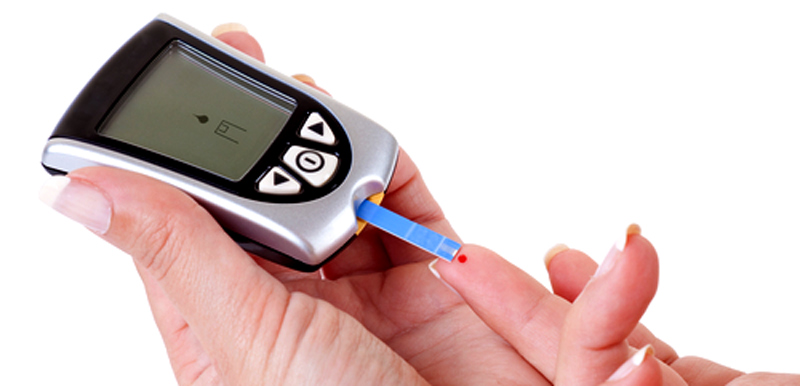Study: Tai Chi Exercises Improve Type 2 Diabetes Control

Regular Tai Chi Chuan exercise improves T cell helper function of patients with type 2 diabetes mellitus with an increase in T-bet transcription factor and IL-12 production.
Tai Chi exercises can improve the control of type 2 diabetes, suggests a small study. The research team assessed the impact of a 12 week programme of Tai Chi exercises on the T helper cell activity of 30 patients with type 2 diabetes and 30 healthy people of the same age.
T cells are a key component of the body’s immune system, producing powerful chemicals, including Interleukins, which alter the immune response. Type 2 diabetes is associated with chronic inflammation, caused by excessive glucose in the blood (hyperglycaemia).
After the 12 week programme glycated haemoglobin (when excess blood sugar combines with the oxygen transporter in red blood cells) levels fell significantly from 7.59% to 7.16 in the diabetic patients.
And levels of interleukin-12, which boosts the immune response, doubled. Levels of interleukin-4, which suppresses the immune response, fell. T cell activity also significantly increased.
Strenuous physical activity depresses the immune system response, but moderate exercise seems to have the opposite effect, say the authors. Tai Chi is classified as moderate exercise.
Previous research has shown that it boosts cardiovascular and respiratory function, as well as improving flexibility and relieving stress, they add. Tai Chi may prompt a fall in blood glucose levels, or improve blood glucose metabolism, sparking a drop in the inflammatory response.
Alternatively, the exercise may boost fitness levels and the feeling of wellbeing, which may then boost the health of the immune system, they suggest.
Reference: S-H Yeh, H Chuang, L-W Lin, C-Y Hsiao, P-W Wang, R-T Liu, K D Yang “Regular Tai Chi Chuan exercise improves T cell helper function of patients with type 2 diabetes mellitus with an increase in T-bet transcription factor and IL-12 production” Br J Sports Med 2009;43:845-850 Published Online First: 2 April 2008 doi:10.1136/bjsm.2007.043562
Recent Posts
- Caring for the Self
- Eight Energies, Five Steps, Two Weeks, and a Lifetime of Practice: Training at Beijing Sports University 2025
- Qigong: A Guide to Understanding the Many Paths of Energy Cultivation
- The Year of the Wood Snake and Tai Chi/Qigong: A Harmonious Interplay
- An Introduction to the Six Harmonies in Taijiquan
- Tai Chi Lessons from a Broken Piano: Work with What You Have
- Tai Chi and Cage Fighting: Zhang WeiLi, China’s UFC Champion
- Studio 14 - The Launch of a Dream
- It’s The Year of the Wood Dragon – A Great Time to Dream Big
- The 21st WTQA Festival 2023 - My First Wushu Tai Chi Qigong Festival
Tags
Archive
- December 2025 (1)
- November 2025 (1)
- March 2025 (1)
- January 2025 (1)
- November 2024 (1)
- September 2024 (1)
- July 2024 (1)
- January 2024 (2)
- December 2023 (1)
- September 2023 (1)
- June 2023 (2)
- April 2023 (1)
- January 2023 (2)
- November 2022 (1)
- August 2022 (1)
- March 2022 (1)
- January 2022 (2)
- September 2021 (1)
- May 2021 (1)
- March 2021 (1)
- February 2021 (2)
- January 2021 (1)
- December 2020 (1)
- August 2020 (1)
- April 2020 (1)
- January 2020 (1)
- October 2019 (1)
- May 2019 (2)
- April 2019 (1)
- March 2019 (3)
- February 2019 (2)
- January 2019 (3)
- December 2018 (2)
- October 2018 (1)
- July 2018 (1)
- June 2018 (1)
- April 2018 (2)
- February 2018 (1)
- October 2017 (1)
- September 2017 (1)
- April 2017 (2)
- March 2017 (1)
- January 2017 (2)
- December 2016 (2)
- October 2016 (1)
- September 2016 (1)
- August 2016 (1)
- July 2016 (2)
- June 2016 (21)
